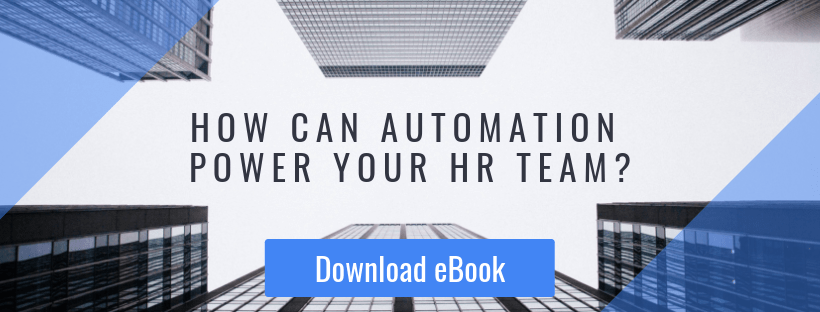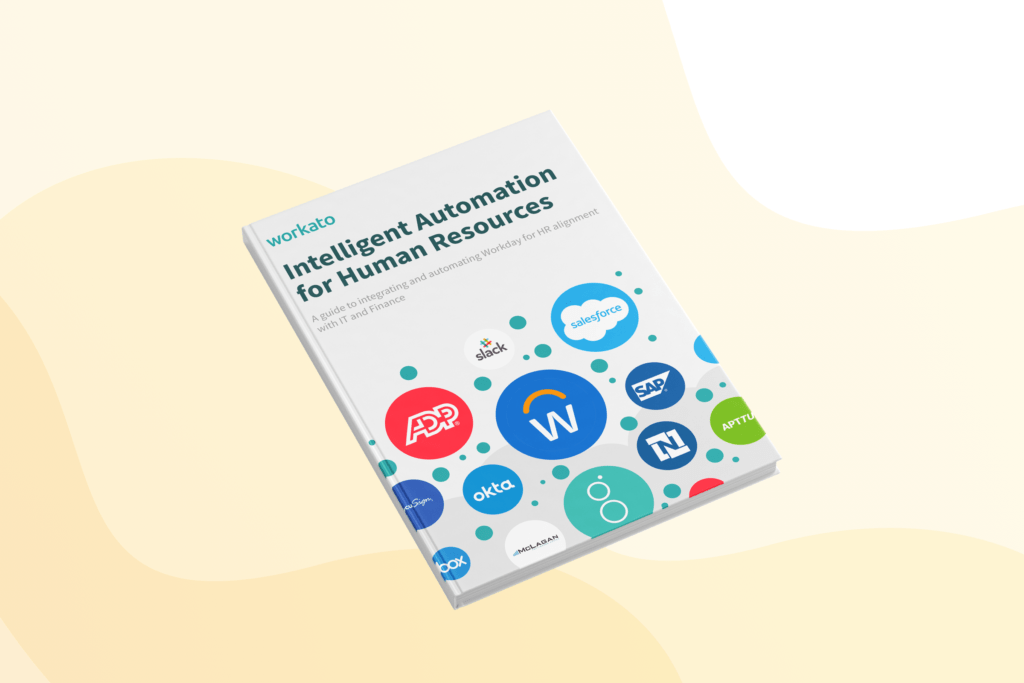In a recent survey conducted by Harvard Business Review Analytic Services, 44% of CEOs said that in their businesses, the finance team drives workforce planning.
At the same time, C-suite leaders want to make better use of HR data; 57% say that they need information on positions and talent in order to achieve business objectives, and 73% said HR leaders had provided data that was later incorporated into the company’s overall business strategy.
It’s clear that both finance and HR should play a key role in setting and achieving a company’s goals, something they can only do if they’re aligned and given the right tools and opportunities to contribute.
Related: 3 ways that finance automation will influence the future of the workplace
One of the most crucial resources for these teams are powerful hub apps like Workday. As SaaS has become mainstream, however, more and more enterprises have embarked on long-term digital transformation journeys that involve widespread cloud adoption. For example, the HR team might use Okta for provisioning, Expensify for reimbursements, and Slack to communicate. Likewise, finance teams often need information stored in a CRM like Salesforce or a CPQ program like Apttus.
Each of these apps has its own strengths, so it’s easy to understand why your team has adopted them. But in order to get to the data insights you need to help HR and finance drive your organization’s decision-making, you need to coordinate between these programs and more importantly, keeping them in sync with Workday. This can be a drain to productivity and a major challenge.
That’s where intelligent integration and automation come in. Instead of relying on humans to re-enter data or execute common processes, finance and HR automation can orchestrate cohesive and efficient workflows across your apps. Currently, administrative work makes up 60-70% of any HR professional’s job (according to a 2015 Brandon Hall group study), and automation and integration can do a lot to alleviate that burden!
Similarly, both finance and HR teams say that enabling better reporting and analytics is a top priority for them—and when it comes to moving, organizing, and parsing your data, intelligent automation and integration are essential.
In our new ebook, Intelligent Automation for Human Resources, we lay out everything you need to know about intelligent automation, including:
- Why alignment between HR, finance, and IT is crucial to achieving automation and integration goals
- What HR teams should look for when evaluating an automation platform
- The most popular HR automation use cases across recruitment, onboarding, employee lifecycle management, and more
- How you can incorporate emerging technologies like AI and bots into your existing workflows to make them more intelligent.
Ready to learn more about how automation can power your HR team?

